Using ‘Copy & Paste’ for FormulationsYou may have formulations stored in spreadsheets that you want to enter into Formpak. Rather than enter each item manually, you have the option to do this using a simple Copy & Paste function. As long as the components are already stored on your system with the same codes, then the system will be able to find them and apply the concentration. Let’s say you have a formulation that contains columns such as Code, Name, CAS, EC, Quantity, Price and FlashPoint. The only information that you need to copy is the data in the Code and the Quantity columns. The data needs to be side by side in a clean copy. You could either copy them together elsewhere in the spreadsheet, or move the columns next to each other:   If you have your formulation data in another system then try to export it to a spreadsheet or table as this is the cleanest way to copy & paste into the CDT. Also be aware of hidden columns, rows or cells as these will stop the paste function form working all together. Once you have ‘copied’ these selected cells, move to your new Formulation on Formpak and you can ‘paste’ into the CDT in the first Code box:  You often have to click away for the paste to work and then the screen should load each item as it finds the code and applies its details into whichever columns you have showing:  Once you are happy, make sure you click “Save & Check In”. You also need to make sure that the main items you are selecting are items which already exist within your Formpak system. If you try to copy items that are not in the system, or have misspelt codes, then you will be shown an error message and blank rows within the CDT screen. Their place will be held so it gives you the opportunity to re-search or create a new item in its place and keep the original order. In this case you will need to open another tab and enter a new raw material with its details and hazards, and then you can enter the item code into the row it is missing from:  |
|---|





















